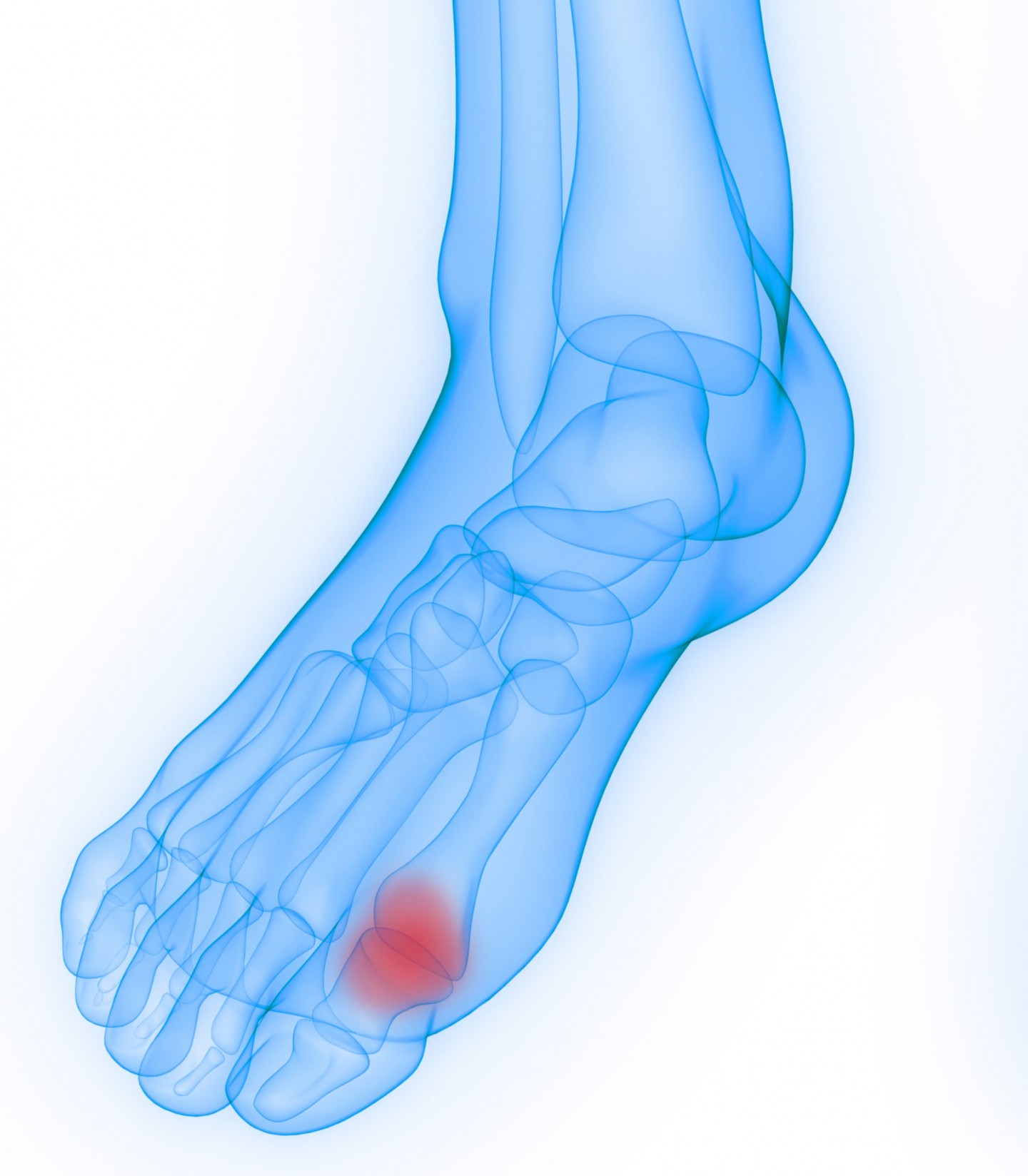Hallux Rigidus – Hallux Limitus

Hallux Limitus vs Hallux Rigidus
Hallux Rigidus, or stiff big toe, is the most common form of osteoarthritis in the foot. Specifically the MTP joint. It is characterized by stiffness, swelling and pain at the big toe joint. The disease can progress from Hallux Limitus, where big toe motion is limited, to Hallux Rigidus, where the big toe becomes completely rigid. Range of motion and pain in the joint can worsen throughout the day due to constant movement and flexing. Pain most often concentrates on top of the big toe joint. Genetics, prior injury, structural abnormalities, and overuse trauma can contribute to this condition. Patients with Hallux Rigidus often have pain and stiffness in the joint both while on their feet and at rest.
What Can We Do At OKAPED To Help?
Non-Surgical Treatment
Treatment options should focus on decreasing pain and improving quality of life. Patients with symptomatic Hallux Limitus or Rigidus can be severely restricted in duration of walking due to pain. This may cause them to attempt to alter their walking style and cause other problems, or even avoid performing daily activities altogether, decreasing their quality of life.
The most effective conservative treatment currently is to reduce all painful motion and completely immobilize the first MTP joint.
Rigid Morton’s Extension
A rigid Morton’s extension is a foot orthotic design in which the rigid shell material (generally thermoplastic or carbon graphite materials) extends under the first MTP joint to the tip of the big toe. This rigid extension can act to limit any remaining first MTP joint motion that may be leading to pain.
Gait Plate
Rigid Morton’s extension can be an effective technique to help limit first MTP joint motion but not everyone responds well to the increased thickness of the extension under their first MTP joint and toe. An alternative would be to use a full-length graphite or carbon fibre stiffener inside the shoe; an orthotic can be placed on top of this plate. A rigid Morton’s extension can limit some of the shoes that patients can wear with the orthosis. The advantage of having a separate gait plate to limit first motion allows the patient to use the orthosis even in shoes that would not have room for the rigid Morton’s extension. In some cases a separate gait plate can also reduce localized plantar pressure pain under the first MPJ.
Rigid Forefoot Rocker Footwear
Another frequently used option is putting a rigid rocker sole or rocker bar on the shoe to help reduce metatarsal joint flexion. A rigid rocker is a stiff sole that is curved upwards at the heel and/or the forefoot, guiding the foot through a forward rocking motion rather than flexing. A rigid forefoot rocker has an apex for the start of the curve placed just behind the metatarsal heads. It is very effective at reducing pressure under the ball of the foot and reducing motion in the toe joints. In cases of single sided symptoms, it is helpful to add rockers to both shoes to even out the patient’s gait and prevent symptoms from developing on the asymptomatic side.
Some footwear is available on the market with a rigid forefoot rocker, but for those that struggle to find regular footwear to fit appropriately, OKAPED Pedorthists can build a rigid rocker sole onto most existing shoe outsoles.
Footwear Stretching
Your OKAPED Pedorthist can help reduce friction and pressure to the enlarged joint by stretching footwear including skates and ski boots. Selecting footwear with appropriate room for the joint helps but if there is still localized pressure to the irritated area a point stretch to the specific region can make a significant difference to footwear fit and comfort.



